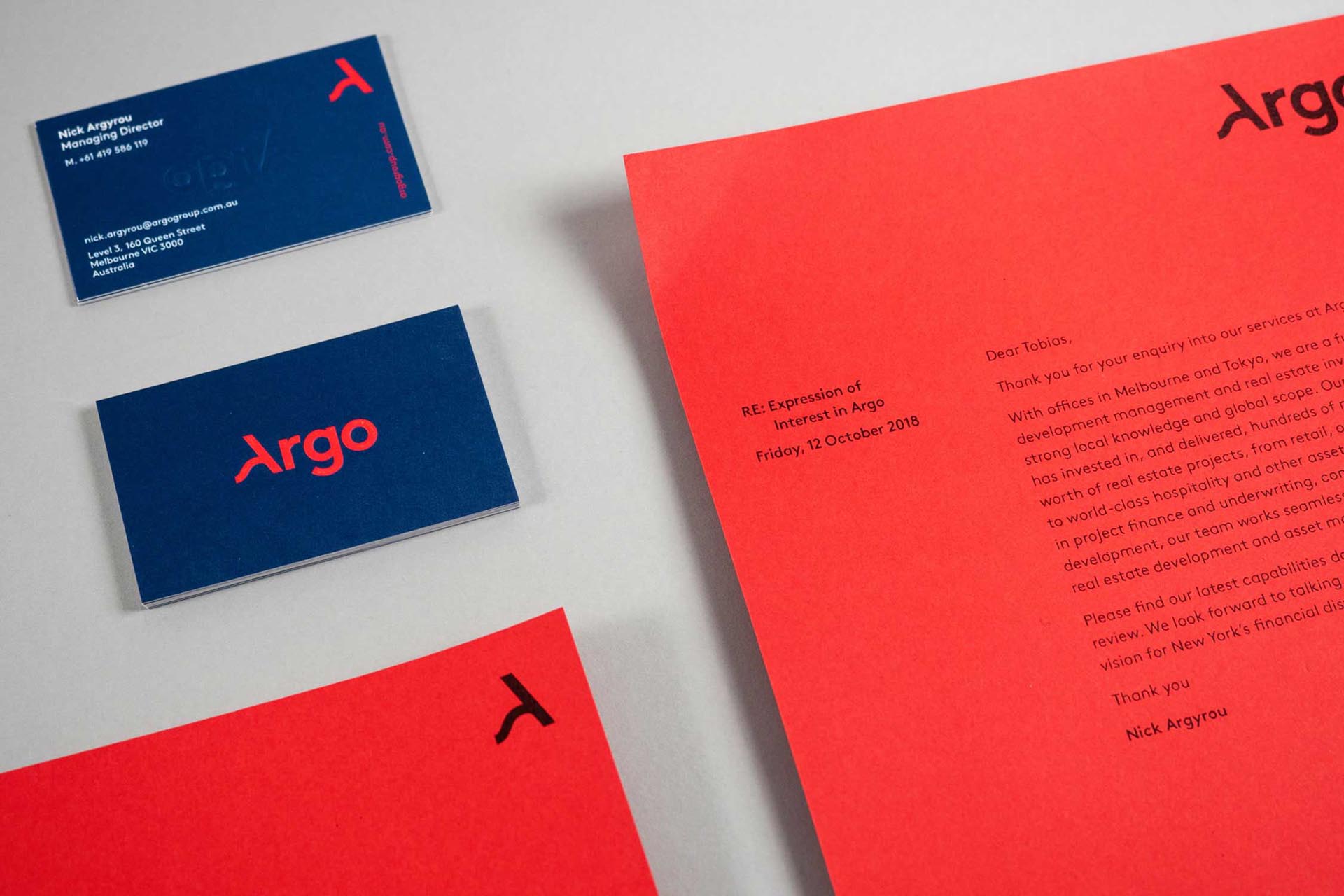Writers, Artists And Stereotypes

Why clichés about creativity are hard to dislodge.
My Hopes and Aspirations Are Full of Clichés
Here is one about writers and artists: I picture someone who yearns for liberation, who bravely leaves behind their hometown, who boards a train or a steam-ship (my imagination always travels back to the 1920s) and departs for a remote island, or travels down-river, to a place where thinking can happen freely. The journey is not hurried; the hours are filled with watching the landscape slip by and with studying fellow passengers. Every vista or over-heard conversation is useful material for the work, which arrives only when it is ready: brilliant, organic, almost involuntarily. The work is universal yet wholly idiosyncratic.
The artist I have in mind has lived many times before, yet in living once more — in my own circumstances — a certainly originality is accomplished.
Jean Paul Sartre described something of the same raison d’être in his Existentialism and Humanism:
“Man is nothing else but that which he makes of himself. […] For we mean to say that man primarily exists — that man is, before all else, something which propels itself towards a future and is aware that it is doing so.”
Here are a few more clichés: Artists and writers are guided by destiny to become who they are meant to be. They are inspired by nature. They are admirable and yet dangerous. They have great teachers, but their greatness can’t be taught. They are independent thinkers; diligence and labor only take them so far, since inspiration is the vital spark. They retain control over their work, but they also surrender to it too. They may be poor on the outside, but they are rich on the inside. They love freely, believe passionately, and think without conventional boundaries. They are, above all, authentic individuals who cannot be pigeonholed by simple labels.
No matter how seductive this list may sound, it is worth noting that every one of the above descriptions is a stereotype that has existed for centuries, some even for millennia.
Why is this picture of the artist/writer so seductive, and why has it lasted so long?
In a fascinating study made by two German scholars in 1934, called Legend, Myth, and Magic in the Image of the Artist: A Historical Experiment, Ernst Kris and Otto Kurz explored that ways in which the lives of artists have long been made to conform to certain templates. It is from these templates that our deeper sense of what an artist might be comes from.


Unlike pop-culture’s current obsession with bleak, heavy drama (Game Of Thrones, Breaking Bad, we’re talking to you)
Unlike pop-culture’s current obsession with bleak, heavy drama (Game Of Thrones, Breaking Bad, we’re talking to you)
Unlike pop-culture’s current obsession with bleak, heavy drama (Game Of Thrones, Breaking Bad, we’re talking to you)